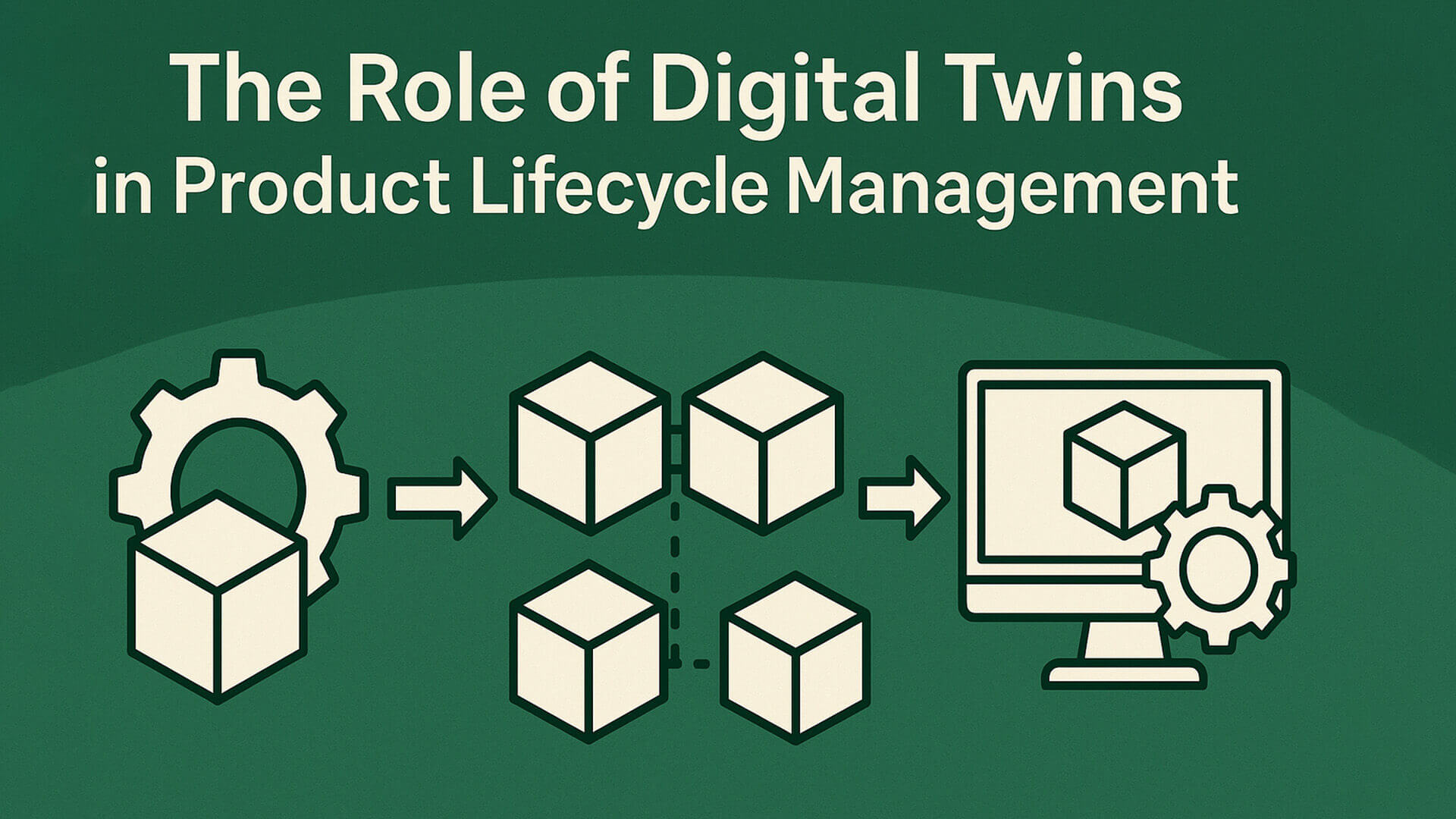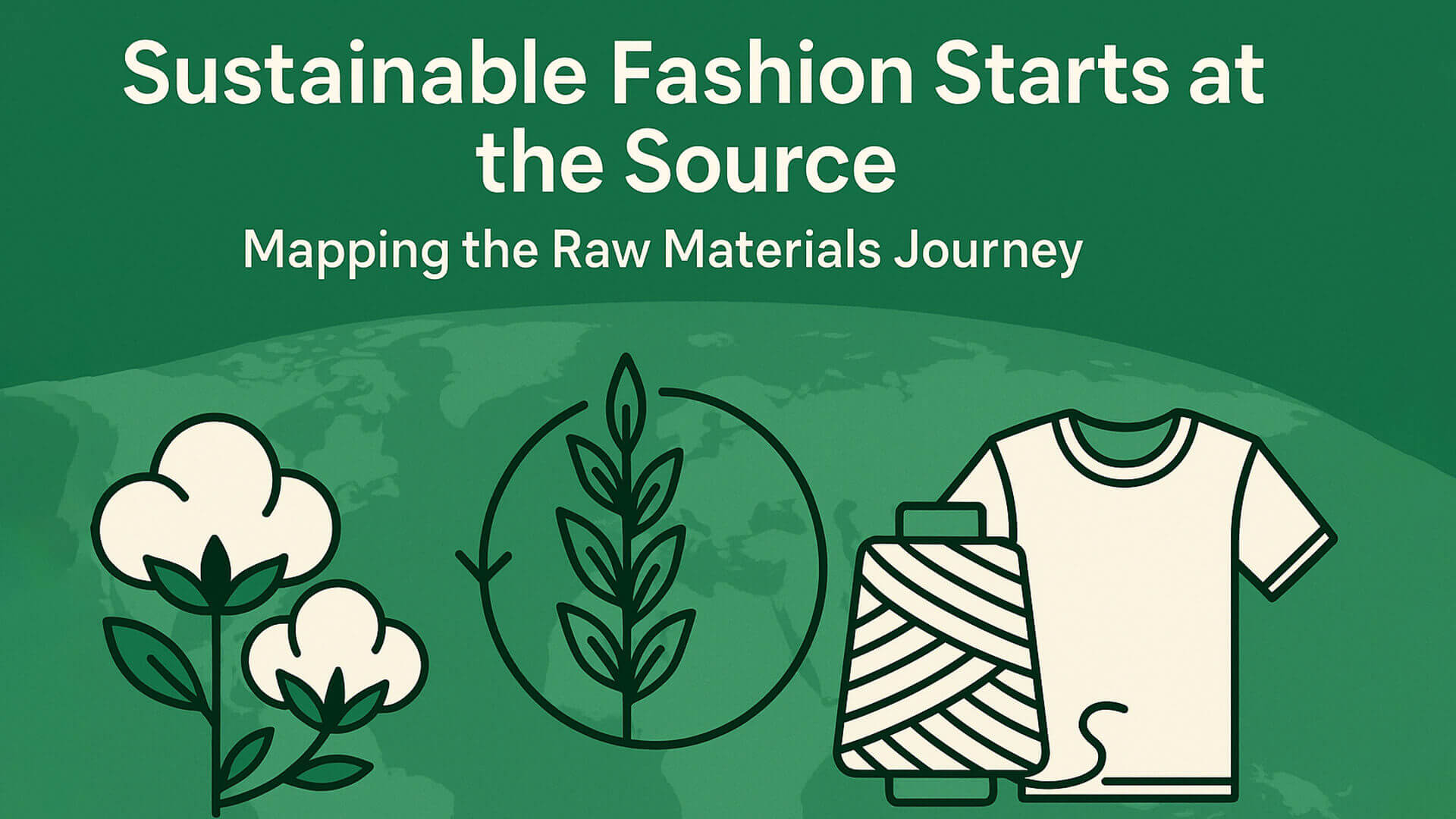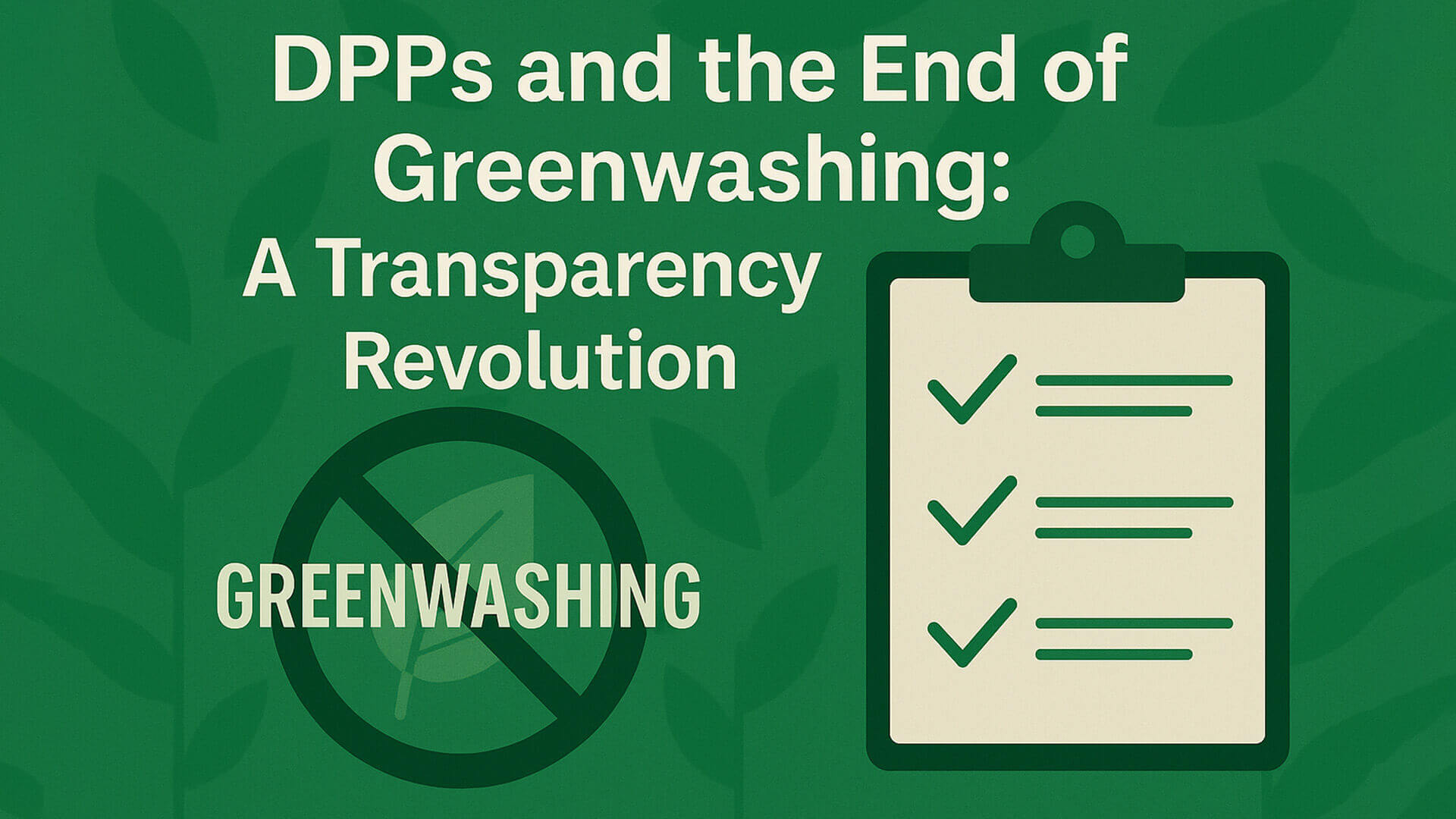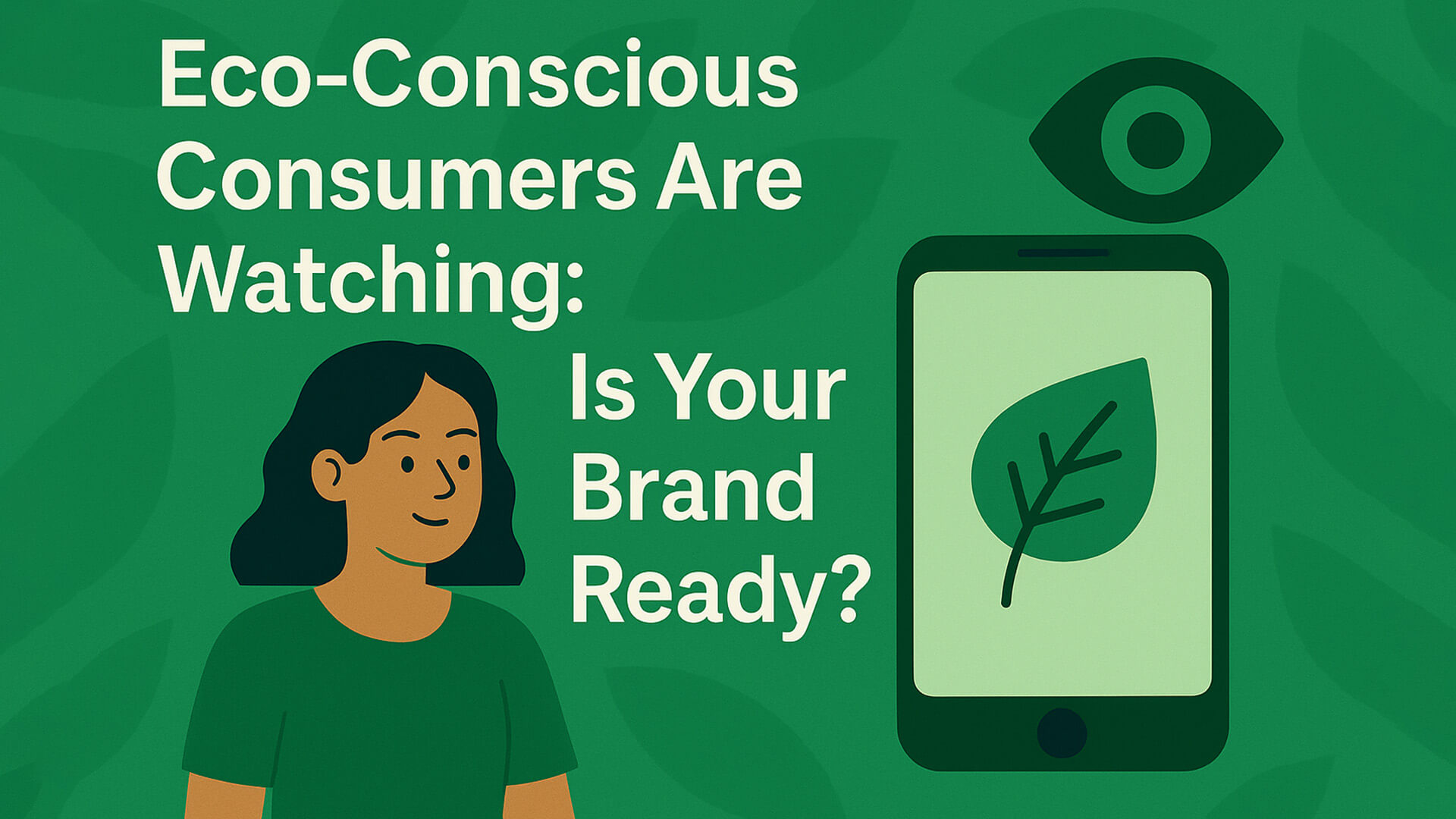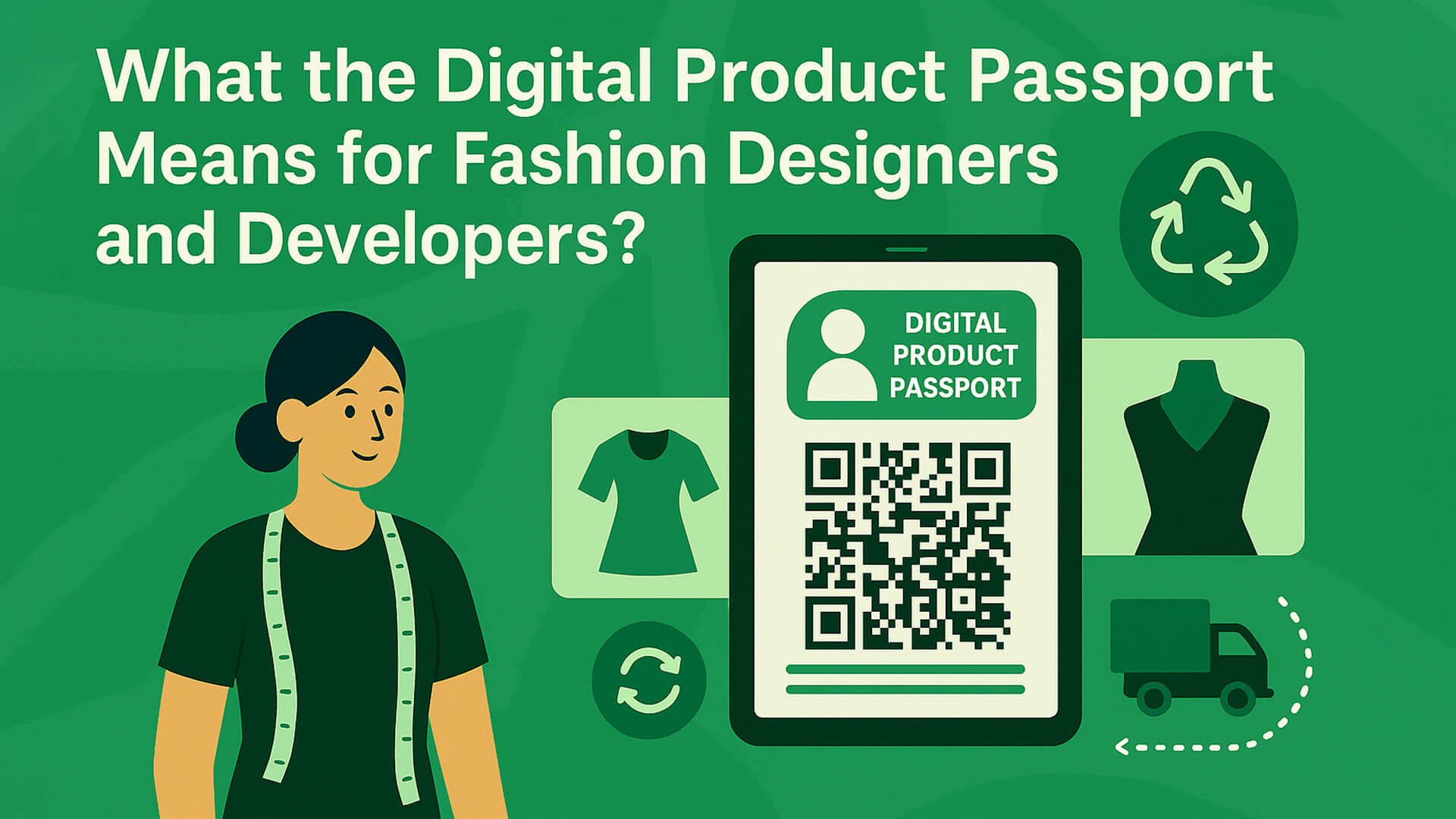- info@greenthreadsdpp.com
- Southampton, United Kingdom
Can NFC Tags Revolutionise Circular Fashion
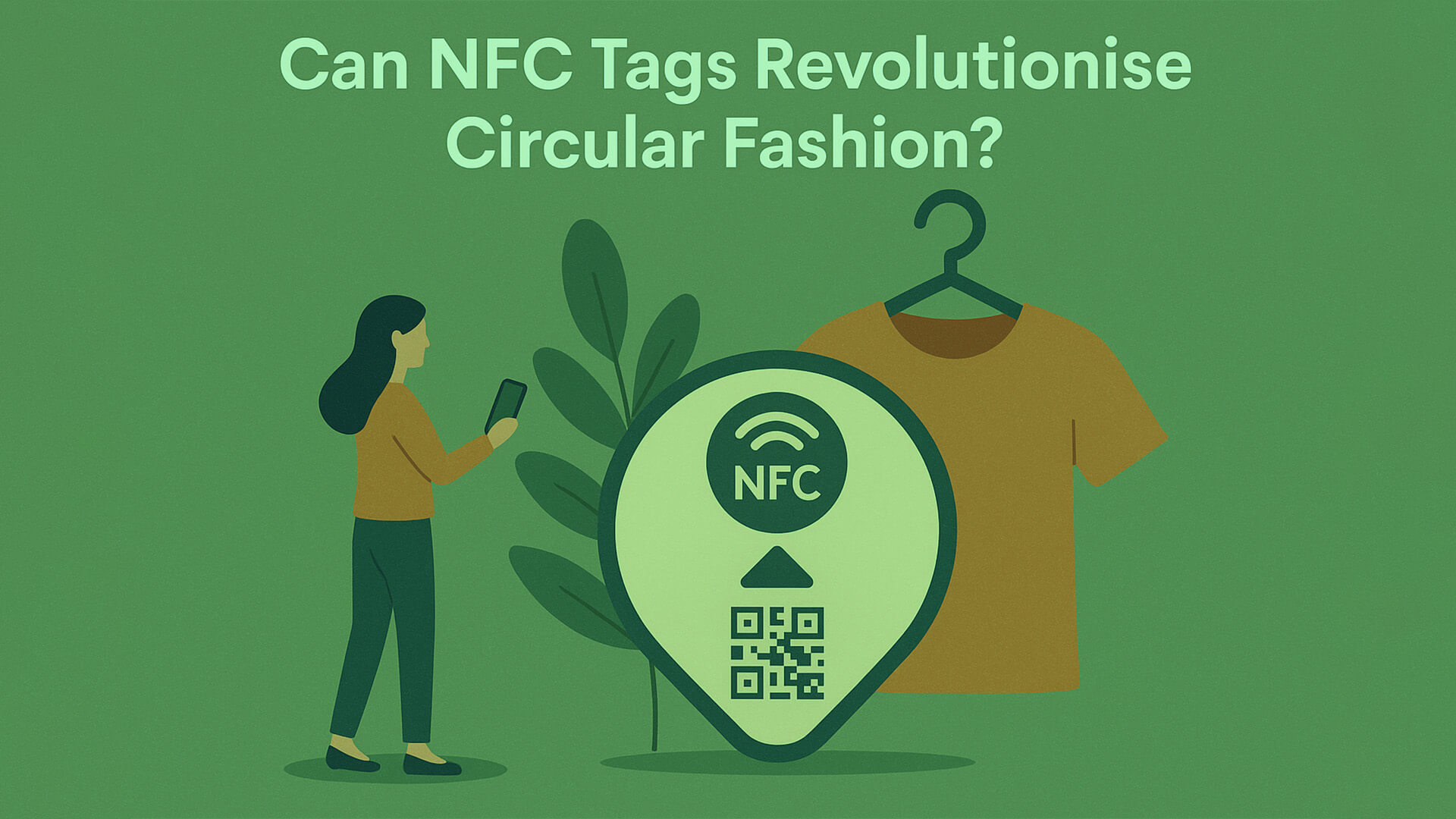
1. Introduction: Why Fashion Must Change
The fashion industry is the fourth largest environmental polluter in the world, responsible for 10% of global carbon emissions and significant water waste. It mainly follows a linear model of take, make and waste, with over 92 million tons of textiles thrown away each year.
In response, circular fashion has gained ground, urging designers, brands, and consumers to extend product life, promote reusability, and ensure materials re-enter the supply chain through repair, resale, or recycling. However, for circularity to become mainstream, it needs smart tools that enhance transparency, accountability, and operational simplicity. NFC tags are one such innovation [3][4].
2. What Are NFC Tags and How Do They Work?
Near Field Communication (NFC) is a type of short-range wireless technology that lets two devices share data when they are very close together. In fashion, NFC tags are built into garments, often placed in labels or seams, and can be scanned using smartphones or specialised readers.
Each tag stores or links to information such as:
-
Fabric composition
-
Washing instructions
-
Manufacturer location
-
Environmental footprint (Scope 1, 2, 3 emissions)
-
Ownership records
-
Recycling eligibility
-
Resale history
Through dynamic linking to cloud-based platforms, NFC tags enable garments to carry a Digital Product Passport (DPP), which remains accessible throughout the product’s lifecycle [5].
3. The Rise of the Digital Product Passport (DPP)
The European Union has launched the Ecodesign for Sustainable Products Regulation (ESPR) to encourage transparency and circular practices across industries. A key feature of this regulation is Digital Product Passport, which is a structured set of data that can be accessed through digital tools such as NFC tags or QR codes.
DPPs aim to:
-
Inform consumers and recyclers about product contents
-
Verify compliance with sustainability standards
-
Ensure efficient product reuse and recycling
-
Build accountability within supply chains
From 2027 onwards, fashion products sold in the EU are expected to include DPPs that can be accessed digitally, potentially through NFC tags embedded in garments or QR codes [1][5].
4. NFC Tags and Circular Economy in Fashion
Here’s how NFC tags actively support circular fashion:
4.1. Traceability and Transparency
By using NFC tags, brands can provide consumers with real-time, tamper-proof data about a garment’s origin, supply chain, and environmental impact. This supports conscious purchasing and builds brand trust [2][5].
4.2. Resale and Authentication
Each tag contains a unique identifier, which acts as a digital certificate of authenticity. This protects against counterfeiting and simplifies resale through platforms that can read the product history [3].
4.3. Care and Repair
Through NFC access, users can view care guides, DIY repair tutorials, and brand repair services. This helps extend the life of the product [2][6].
4.4. Smart Recycling
Recyclers often lack information about the fabric blends into clothes. NFC tags eliminate this barrier by storing fibre content and processing data. This reduces landfill waste and improves fibre recovery [4][5].
4.5. Product Lifecycle Feedback
NFC can track how long garments are worn, when they are returned or resold, and how users engage with sustainability tips. This gives brands valuable insights to improve future designs [3].
5. Case Study: Full Circle Trace
The Full Circle Trace project, supported by the WORTH Partnership, provides an excellent example of NFC’s circular fashion potential [2].
Project Highlights:
-
Product Design: Garments made with sustainable materials and modular components for repairability.
-
Digital Integration: NFC tags act as gateways to each item’s passport, providing fabric traceability, care tips, and recyclability metrics.
-
User Engagement: NFC-connected platforms allow users to access brand services, participate in take-back schemes, and discover upcycling options.
-
Recycling Support: The DPP guides recyclers by offering material composition and sorting instructions.
This project demonstrates how circularity, technology, and consumer engagement can coexist seamlessly through smart design.
6. Policy Landscape and EU Support
Europe is taking bold steps towards a sustainable fashion future through regulatory support.
Here are key developments:
6.1. Ecodesign for Sustainable Products Regulation (ESPR)
The ESPR is a core part of the EU Green Deal and aims to reduce the environmental impact of products throughout their lifecycle. It mandates:
-
Minimum sustainability performance for products
-
Mandatory DPPs by sector
-
Restrictions on destroying unsold goods
-
Repairability scoring and labelling
NFC technology is seen as one of the preferred delivery systems for DPPs [1].
6.2. Green Week 2025 and Circular Economy Promotion
Events like EU Green Week 2025 highlight how digital tools can catalyse a circular economy. Key partner events focus on:
-
Digital product passports
-
Blockchain and NFC for traceability
-
Enabling circular textiles through innovation [3][4]
7. Challenges to Adoption
Despite its promise, the integration of NFC in fashion faces several hurdles:
7.1. Cost Barriers
NFC tags are more expensive than QR codes. For small brands, the initial investment may deter adoption [5].
7.2. Infrastructure and Compatibility
For NFC to work widely, more smartphones and systems need to support tag reading and digital passport frameworks [6].
7.3. Data Privacy and Security
Users must trust that their interactions with garments will not expose personal data. Strong privacy protections are essential [5].
7.4. Circular Infrastructure
Even with NFC in place, recycling centres and resale platforms must adapt to read and process these tags effectively [2].
8. NFC Tags vs Other Digital Tools
NFC strikes a balance between accessibility and capability, making it a strong candidate for DPP deployment in clothing [5].
9. Future of Fashion with NFC and DPP
We are approaching a point where every garment could have a digital identity. In the near future:
-
Consumers will expect product traceability and sustainability proof before buying.
-
Retailers will adopt resale and return models embedded in the tag’s data stream.
-
Governments will enforce DPPs to ensure circularity.
-
Textile recyclers will rely on data-rich smart tags to enable precision recycling.
NFC, supported by policy and innovation, is primed to transform fashion from a wasteful industry into a circular, tech-driven model [1][2][5].
10. Conclusion
Can NFC tags revolutionise circular fashion? Yes, and the change is already underway. These small but powerful technologies help to reshape the fashion industry by connecting products, consumers, and the entire supply chain. Unlike traditional labels, NFC tags store and link to dynamic digital data that stays with a garment throughout its lifecycle. This includes material origins, care instructions, ownership history, and environmental impact [1].
As part of a broader move toward circular fashion, NFC tags give consumers instant access to transparent information. This builds trust and encourages mindful choices. They also support product resale, authentication, and recycling by making it easier to track the composition and condition of each garment. For recyclers, the data helps with accurate sorting and processing, which reduces waste and boosts resource recovery [2].
Initiatives like Full Circle Trace show that NFC integration is not just a future idea but a working model. These projects demonstrate how garments can be reused, repaired, and recycled more efficiently through digital tracking. Alongside this, the European Union's upcoming regulations such as the Digital Product Passport will likely make digital tagging mandatory in years to come [3].
As NFC technology becomes more affordable and widely supported, smart garments will deliver far more than style or identity. They will represent accountability, longevity, and meaningful impact. In a world demanding sustainable action, NFC tags offer a practical way to make fashion part of the solution, not the problem. This is not a distant vision. It is already stitched into the future of clothing [4].
While NFC tags offer advanced features, QR codes still hold strong value, especially for brands seeking cost-effective solutions. QR codes are simple to generate, easy to print on care labels or tags, and can be scanned by nearly all smartphones without any specialised hardware. This makes them highly accessible for both consumers and small businesses.
They can also link to a wide range of digital content such as product passports, care videos, or resale platforms. Although they do not offer the same level of data security or rewritability as NFC, QR codes are an excellent starting point for brands exploring digital traceability. In many cases, a hybrid approach using both QR codes and NFC tags can provide flexibility across various product lines, customer demographics, and budget levels [5].
References
-
European Commission – Ecodesign for Sustainable Products Regulation
-
EU Green Week – How Can Digital Tools Enable a Circular Economy?
-
NFC Forum – Digital Product Passport & NFC Technology
-
Seritag – Using NFC to Support the Circular Economy

